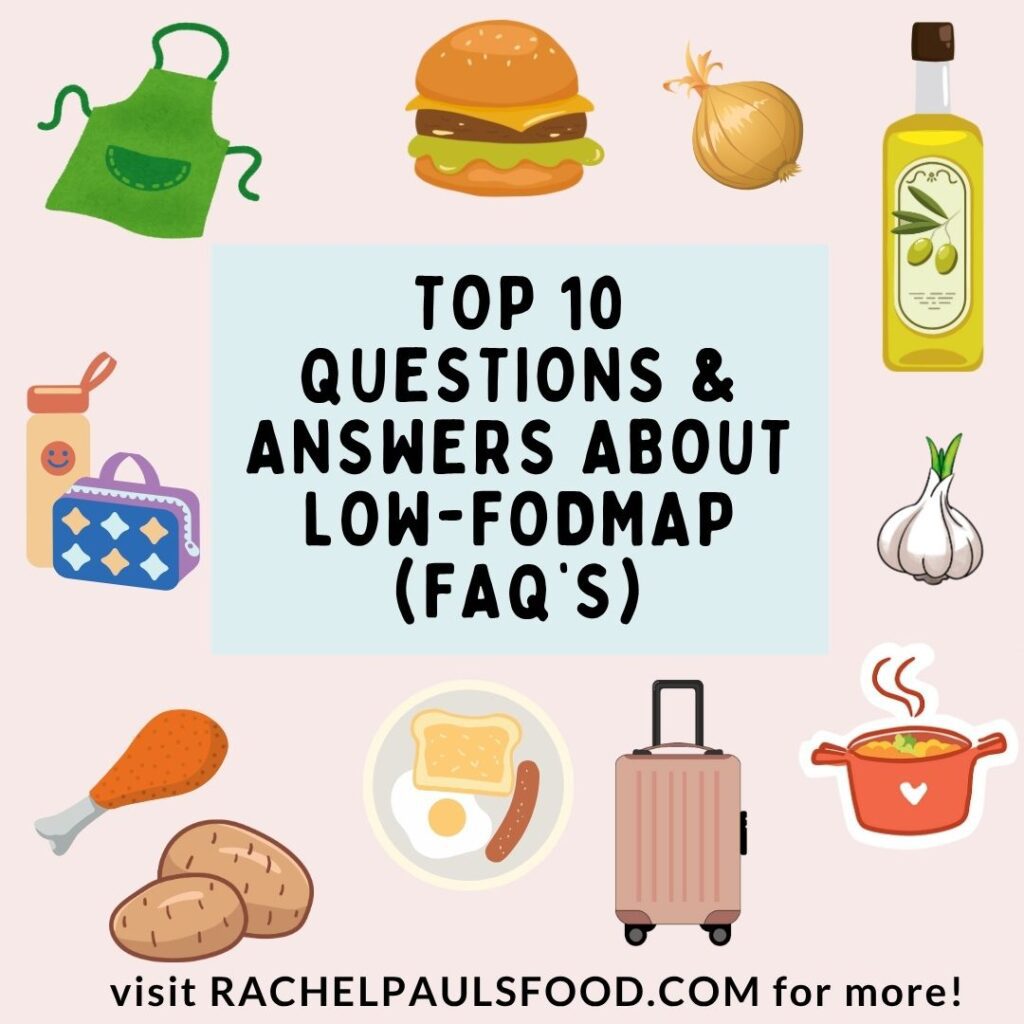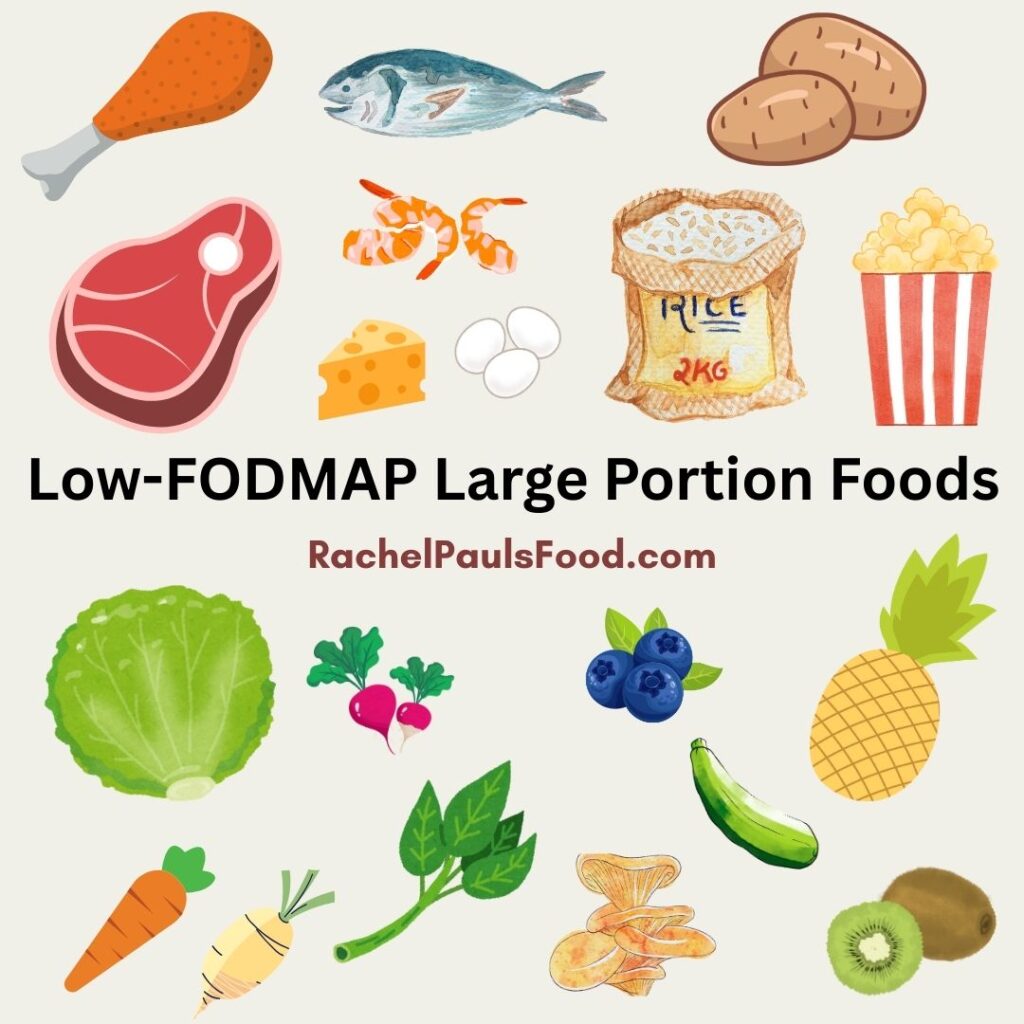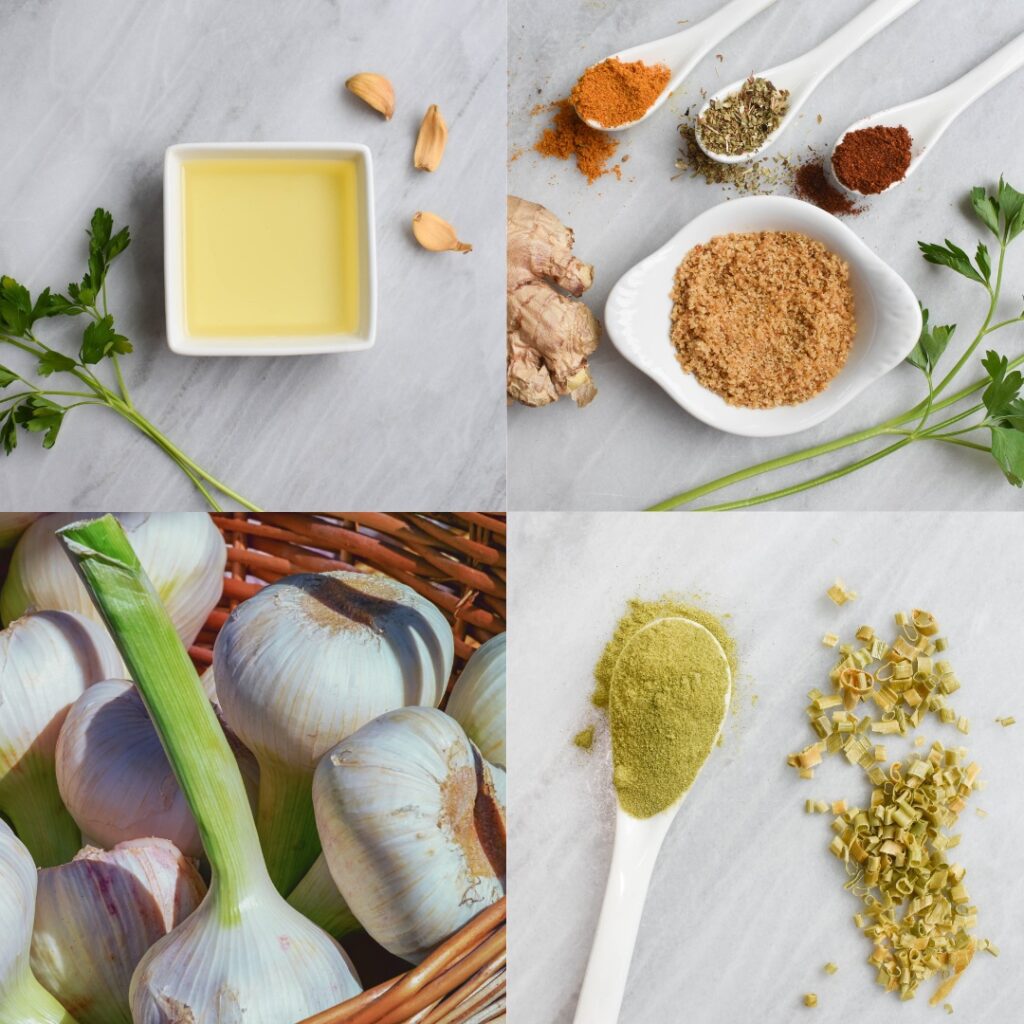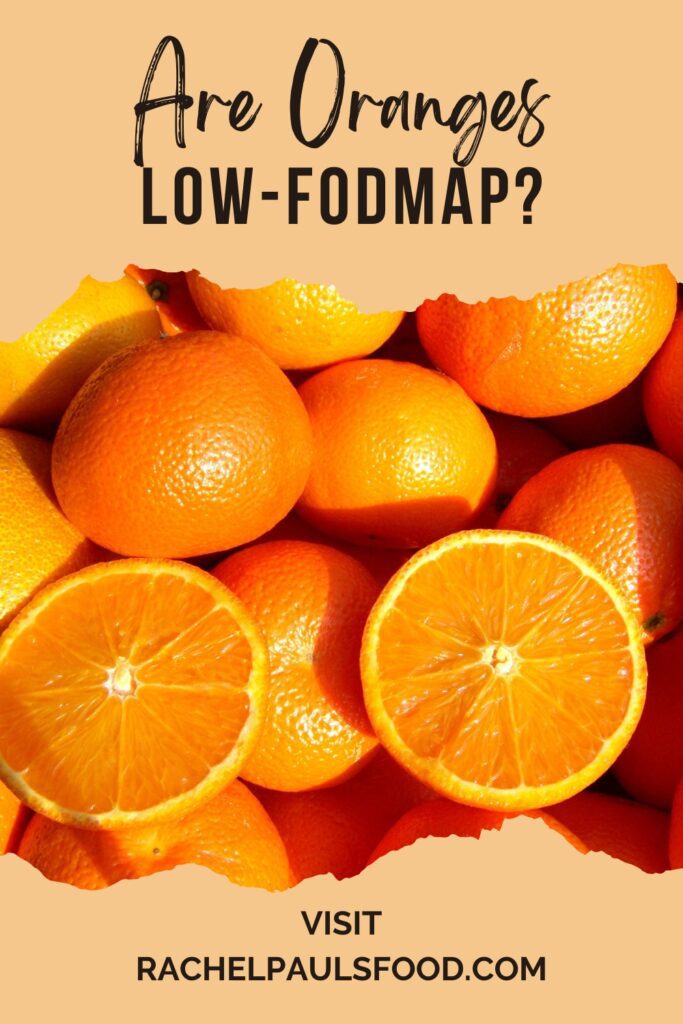
One of the most common questions I get asked from readers is whether a certain item is actually low-FODMAP. They are confused about the accuracy of information, and want to ensure their symptoms are not triggered.
I completely understand this question and concern!
The low-FODMAP diet can be confusing, and overwhelming, especially at first. Plus, to add to this issue, there is a lot of misinformation out there.
Many people learn of the FODMAP diet from a provider that will give them a FODMAP list, with a minuscule listing of acceptable foods. These lists are often woefully out of date, and incorrect. Several posts and forums also exist online, with inaccurate information. Do not assume that these are the limitations you must abide by.
One of the reasons I was inspired to write my 2 books, was to guide people through the low-FODMAP diet, from Elimination to Personalization. Click this link to see them on Amazon!
The FODMAP diet food lists are an ever-evolving project. They are constantly being modified, with new foods being tested and added all the time.
“Some foods have changed in their reported FODMAP quantities, by having increases, or decreases made to their suggested portion sizes over time”
In the case of oranges, the suggested low-FODMAP serving was much higher when I started this diet about 13 years ago. Since then, the answer has become more rigid and nuanced.
As frustrating as it seems, you should not panic at that information. The FODMAP diet is a guideline for stabilizing symptoms, and you may be able to ultimately tolerate much more than suggested.
The only true way we have to check FODMAP food data is to use one, or both, of the scientifically supported apps. These include the Monash Uni app, and the FODMAP Friendly app. I suggest you get both to have constant access to the knowledge you need.
For some foods, FODMAP values could change between a cooked food and a raw food, or a canned food and a fresh food. This should be taken into an account when interpreting what you are going to eat.
Notwithstanding the above, the number of food items that are now considered low-FODMAP is astronomically larger than it ever was. Not to mention almost any food can be tolerated if you have a small enough portion size. This information is liberating and freeing for those of us who have felt that we can’t and shouldn’t.
Trust that when you are reading my blog, you are getting medically-accurate, doctor-researched information.
Feel free to test your own tolerances and experiment with a variety of foods once your symptoms are stable. Food variety and diversity is necessary for a healthy gut microbiome.
Also see my posts:
- Dr. Rachel’s FODMAP Facts: Is Cheese Low-FODMAP?
- Dr. Rachel’s FODMAP Facts: Are Bananas Low-FODMAP?
- Dr. Rachel’s FODMAP Facts: Are Blueberries Low-FODMAP?
- Dr. Rachel’s FODMAP Facts: Is (Pop)Corn Low-FODMAP?
“Oranges have one name, but many variations”
Like other fruits and vegetables, there are many fruits we call ‘oranges’ but they are not all the same. Clementines are different than navel oranges, and Sumo oranges are not the same as Jaffa and Valencia oranges.
The types of oranges with FODMAP testing information include: navel oranges, mandarin oranges, and blood oranges. We also have data for orange zest, orange juice, and marmalade. We do not have information about canned mandarins, or other orange varieties.
I will share available data based on the varieties reported in the 2 apps. You cannot always assume that other oranges you buy will be the same in their FODMAP composition.
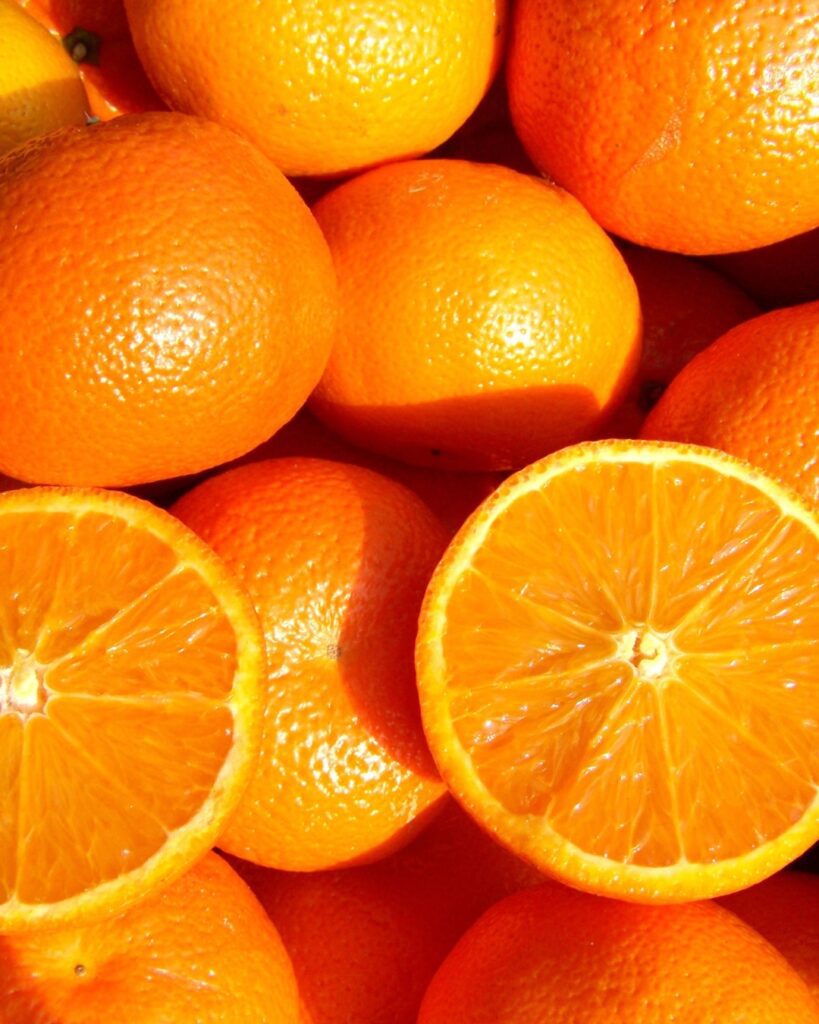
ORANGES AND THE LOW-FODMAP DIET
Below is based on FODMAP data at time of posting
Dr. Rachel’s Note: I highly recommend using a kitchen scale when following a low-FODMAP diet to ensure accurate measurements
Navel Orange
MONASH FODMAP DATA:
- Low-FODMAP serving size of 130g
- Moderate low-FODMAP serving of 152g
- Higher amounts contain fructose
FODMAP FRIENDLY DATA:
- Maximum low-FODMAP serving size of 33g
- Higher amounts contain fructose
Mandarin Orange
MONASH FODMAP DATA:
- Low-FODMAP serving size of 90g
- Moderate serving of 97g
- Higher amounts contain fructose
FODMAP FRIENDLY DATA:
- Maximum low-FODMAP serving size portion size of 28g
- Higher amounts contain fructose
Blood Orange
MONASH FODMAP DATA:
- Not tested
FODMAP FRIENDLY DATA:
- Low-FODMAP serving size of 65g
- Higher amounts contain fructose
Orange Zest (rind)
MONASH FODMAP DATA:
- Low-FODMAP serving size of 5g
- Moderate serving of 275g
- Higher amounts contain fructose
FODMAP FRIENDLY DATA:
- Not tested
Orange Juice (fresh squeezed)
MONASH FODMAP DATA:
- Low-FODMAP serving size of 1/3 glass (72g)
- Moderate serving of 1/2 glass
- Higher amounts contain fructose
FODMAP FRIENDLY DATA:
- Low-FODMAP serving size of 166ml (5.8 ounces)
- Higher amounts contain fructose
Orange Juice (reconstituted)
MONASH FODMAP DATA:
- 1/2 glass is high FODMAP, no described low-FODMAP serving
FODMAP FRIENDLY DATA:
- Low-FODMAP serving size of 22ml (0.7 ounces)
Marmalade
MONASH FODMAP DATA
- Low-FODMAP serving size of 40g
FODMAP FRIENDLY DATA:
- ‘Nil FODMAPs detected’
You will note some discrepancies between the 2 common databases for FODMAP data. This happens, not infrequently. Foods vary in their geographic origin, quality, ripeness, and other factors. Processed foods may be different in their additives, and it is impossible to test every option for each category. Both groups will test an array of a food, and obtain an ‘average’ to yield their results. This may lead to differences in the reported amounts. Please do not let this cause you anxiety. You can always lean toward a more conservative result, at least when beginning.
“It is important to recognize that foods in the FODMAP databases are not guaranteed to be the same food you will buy and consume“
Be aware that many of the foods we buy at the store could contain additives, preservatives, and additional sugars. Pay attention to your ingredient lists when you select products.
Since we consume foods in context of a meal, if you plan to enjoy other items that contain fructose, then pay attention to the overall quantities. Our bodies will vary, and these limits are only a guideline, until you move toward the personalization FODMAP stage.
The other issue, that is not clear, is what happens when you cook an orange? Does the amount of FODMAPs remain constant? We do not have that answer with the available information. If you believe you react differently, I suggest you remain on the lower end of the portion size.
Here are some delicious low-FODMAP orange recipes:
- Energizing Low-FODMAP Pineapple Orange Smoothie; Gluten-free, Vegan, Dairy-free
- Low-FODMAP Three Ingredient Candied Orange Slices Recipe; Gluten-free, Vegan
- Low-FODMAP Orange Bread with Cranberries & Nuts & Orange Glaze Frosting; Gluten-free, Dairy-free
- Low-FODMAP Orange Chocolate Biscotti Cookies; Gluten-free, Dairy-free
- Low-FODMAP Strawberry, Orange & Lemon Mini-Trifles; Gluten-free, Vegetarian
- Sweet & Citrusy Low-FODMAP Orange Maple Salmon; Gluten-free, Dairy-free
- Low-FODMAP Marmalade Glazed Grilled Pork Loin; Gluten-free, Dairy-free
For more on the FODMAP diet, check out my amazing posts:
- Dr. Rachel’s Low-FODMAP Diet 5-Day Meal Plan; Recipes and More (IBS-friendly!)
- Dr. Rachel’s Low-FODMAP Fast-Food Options (Because Low Doesn’t Have to Mean No)
- Low-FODMAP Options at Starbucks
- Dr. Rachel’s Low-FODMAP Grocery Shopping List; IBS-friendly, Gluten-free
- Dr. Rachel’s Guide to Starting the Low-FODMAP Diet
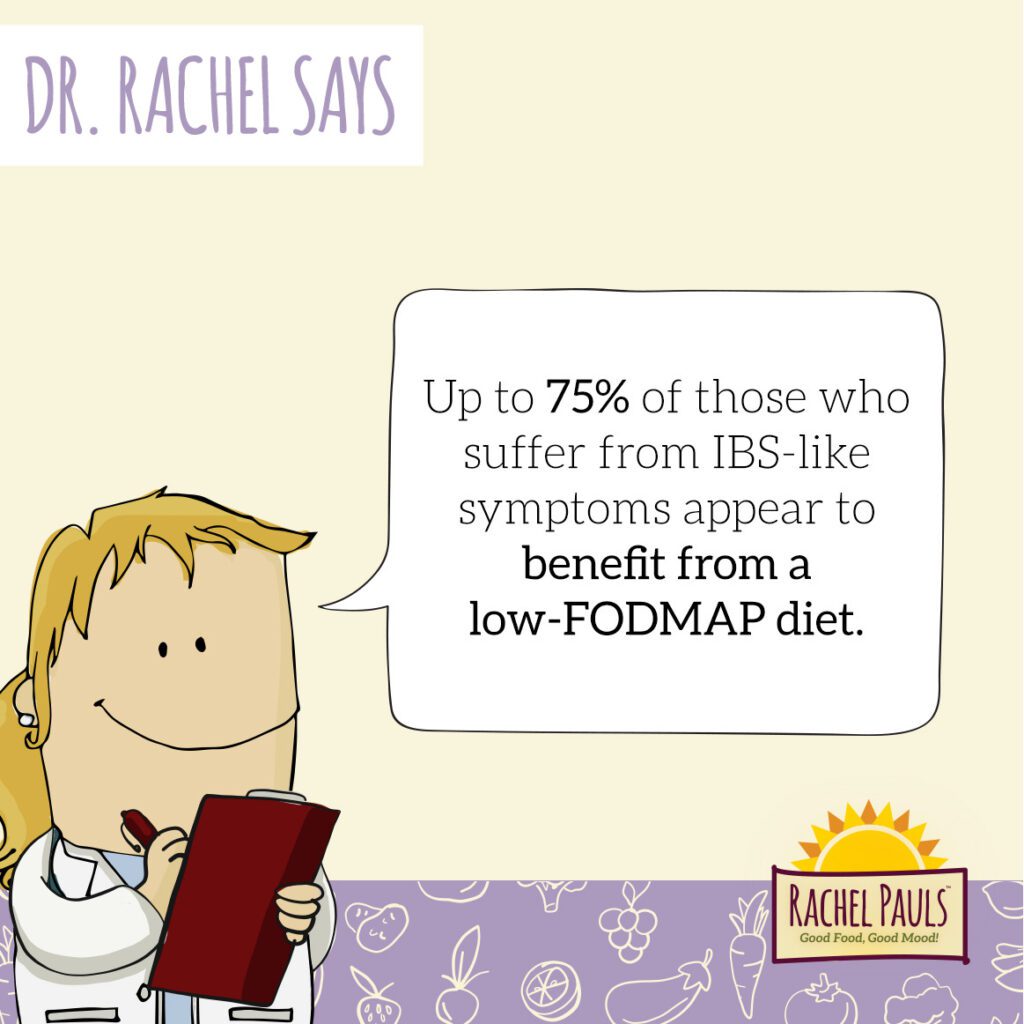
Be healthy and happy,
Rachel Pauls, MD




